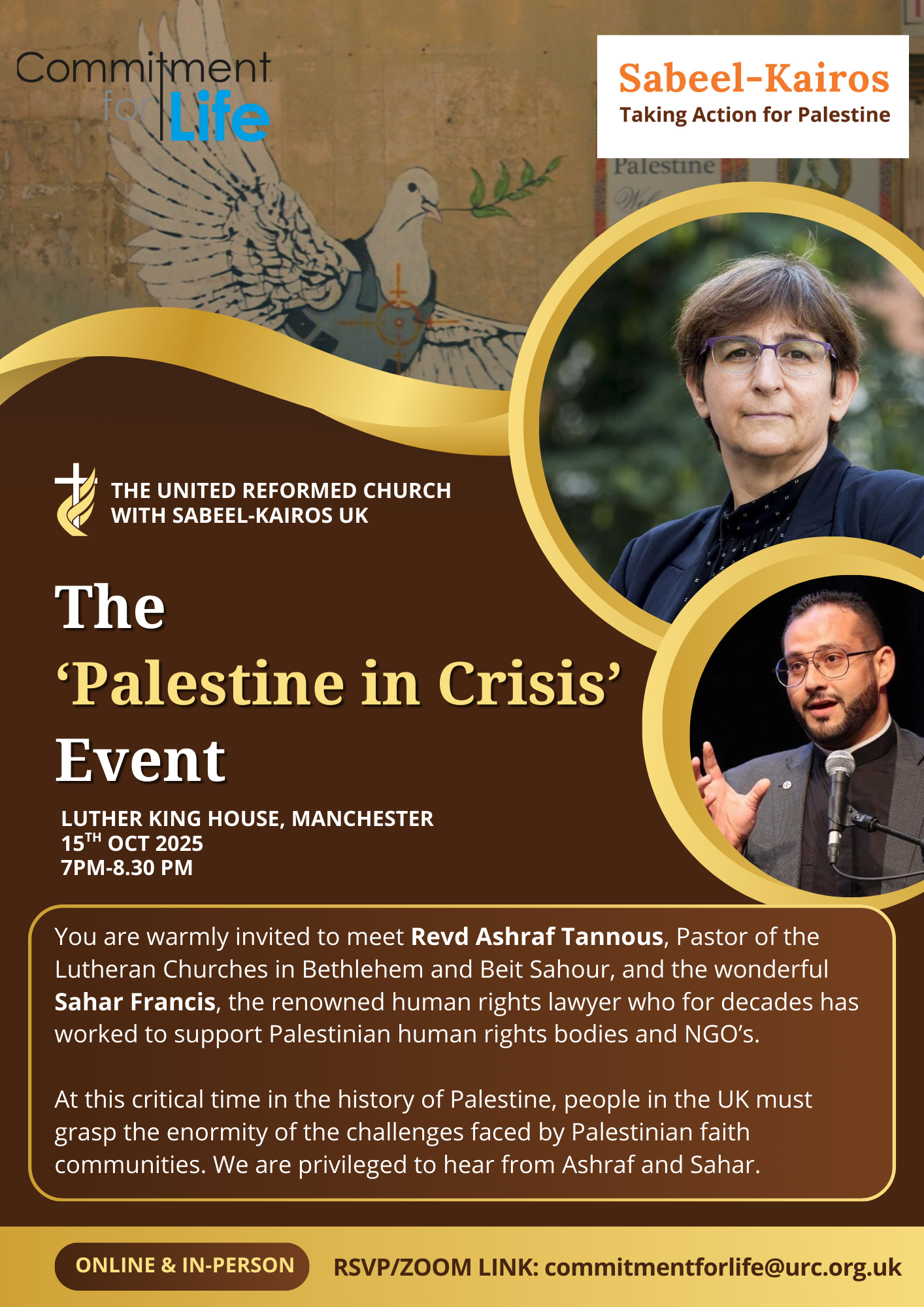Recently, in classes at MA level in particular, I have found myself talking quite a lot about an international conference that happens each year in late November, the combined Annual Meetings of the Society of Biblical Literature (SBL) and the American Academy of Religion (AAR). I have discovered that it is difficult to explain to students how ideas and movements in biblical studies and systematic theology take root without referring to this joint conference. Each of these organizations, SBL and AAR, is the largest of its type in the world. In an ordinary year somewhere around 12,000 delegates flock to an American city each November to give and hear papers, wander the mammoth book halls and consume large amounts of coffee and alcohol. This year, of course, is not an ordinary year, and the papers, the book-buying and the drinking will happen both on-site in San Antonio, Texas, and virtually, in front of laptops around the world.
The core conference lasts for four days and at any point in those four days there might be somewhere approaching one hundred seminars being held concurrently. If you want to sell your particular idea, or raise the profile of your favorite new hermeneutical or theological approach, then you really need to do it at SBL/AAR. Without a seminar or ‘section’ devoted to ‘Revelation and the Hermeneutics of Thirteenth Century Aviation’ or ‘The Theology of Squid Game’, those undoubtedly valuable approaches will never get off the ground. (And, yes, there will be more than one paper referring to Squid Game this November).
I’ve been fortunate to attend AAR/SBL since 2012 and to have been invited to give papers most years. This year, if my voice holds up (it has been ‘missing’, due to a drawn-out cold, for several days now) I’ll be giving a paper in the ‘Genesis’ section. My paper explores a possible answer to a question about Genesis that has been plaguing me for years now. The question is about Hagar. My conundrum is that although Hagar is a highly marginal character – she is Egyptian, a woman and a slave – she not only gets two whole narratives to herself (Genesis 16 and 21), but she is made a number of promises by God (promises that are never made to Sarah or to her ‘chosen’ son Isaac), and, extraordinarily, she names God. ‘You are El-roi’, she exclaims in Gen 16:13. No other character names God in all of Genesis, a book in which to name someone is to exercise power over them. For all these reasons, Hagar is a character who has long fascinated, and frustrated, feminist scholars, particularly given that once her two stories have been told she disappears from the Old Testament completely.
My possible answer involves revisiting work done by a senior scholar in the 1980’s, Michael Fishbane. Fishbane demonstrated that the whole Jacob Cycle (Genesis 25 – 35) is structured as a giant chiasm. A chiasm is the narrative equivalent of a palindrome, a word or phrase that reads the same backwards as forwards, like ‘madam’. In a chiasm the central point is the most important part of the story, and either side of it the story radiates outwards, dealing with matching themes or subject matter. In the Jacob Cycle the central point comes in Genesis 30 – God ‘remembers’ Rachel, who has been barren, and she bears a son, Joseph, who is implicitly fated to become the leader amongst his brothers.
Many scholars have thought that the Abraham Cycle (Genesis 12-25), too, is structured as a chiasm, but they have assumed that the central point must match the importance of the birth of Joseph, so they have looked to passages like those in which God makes a covenant with Abraham (Genesis 15 and 17). These proposals haven’t worked (one influential scholar, incidentally a former doctoral student of Fishbane, calls them ‘wobbly’). They haven’t worked because the central point of the chiasm in the Abraham Cycle isn’t to be found in any story about Abraham. It is to be found in Genesis 16, the story of Hagar’s banishment at the hands of Abram and Sarai. That story, of course, is tucked in between the two covenant chapters already mentioned, and the rest of Abraham’s story radiates out on either side. Think about it. In both Genesis 16 and Genesis 30 the ancestor and his wife (or wives) have overcome a problem of infertility by using maidservants as surrogates to have children for them. (These are the stories that Margaret Attwood took as models for The Handmaid’s Tale.)
Most scholars consider Jacob’s to be the older story, and the Abraham stories to have been added later. That is fascinating, because the Abraham Cycle chooses a story that is at once just the same, but also completely different, to take the all-important central spot. The Abraham Cycle doesn’t celebrate the well-loved, appropriate, woman, it celebrates instead the ‘alien’ (Hagar’s name means ‘the alien’ in Hebrew) who is just a slave. It is almost as though the authors of the Abraham story want to unsettle, or destabilize the Jacob story, by giving it a prelude that at once resembles and inverts it.
For me, at least, this is enough to answer my question and to explain both why Hagar is made such a fuss of in a couple of spots and then entirely forgotten. She is there to make a political point – one that I find quite appealing, as it happens – especially in our world that lays so much store on appearance, identity, and propriety. There is more to it, but it gets a bit technical and so I’ll save it for those who turn up to the online session – assuming my voice holds out …







.jpg)
